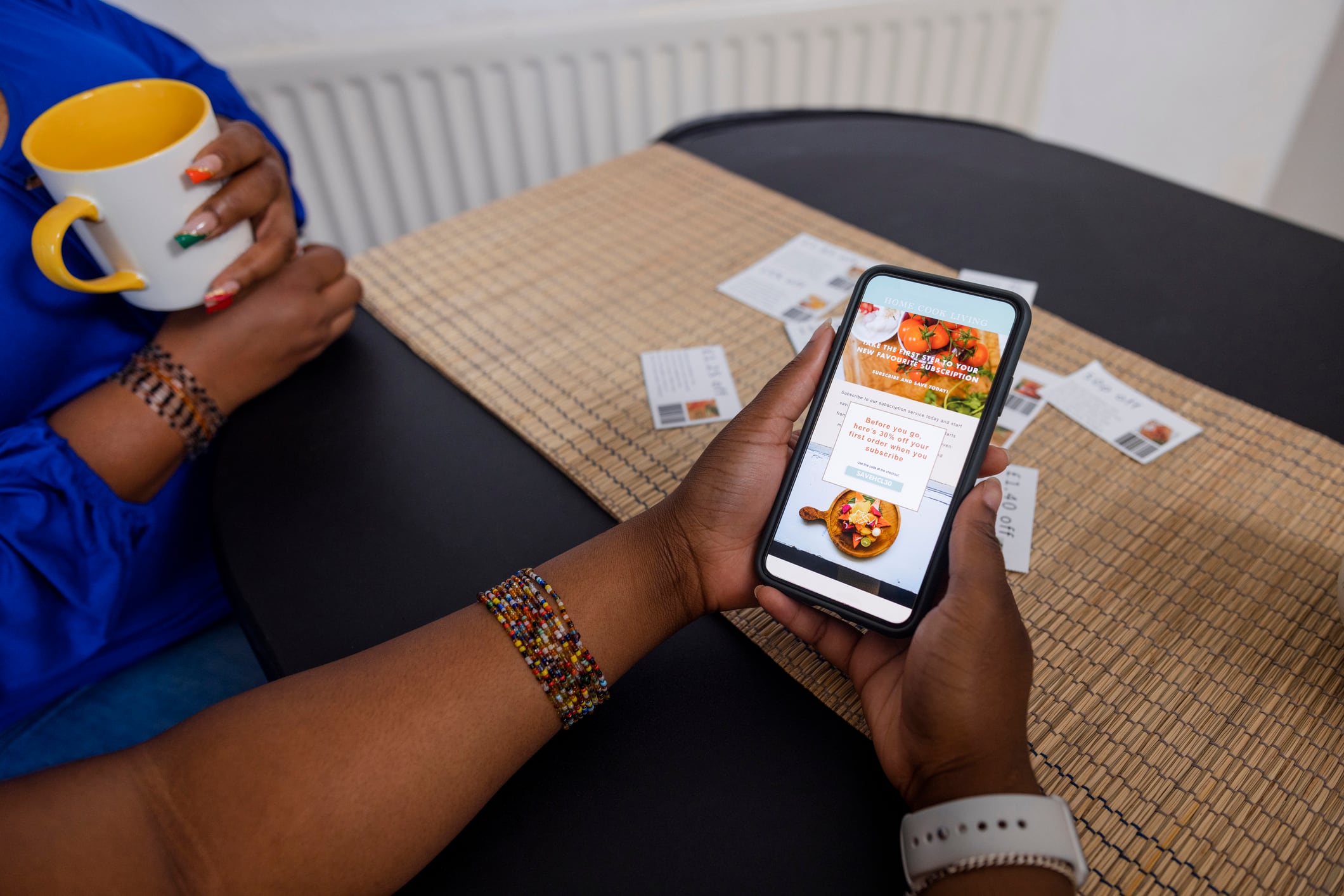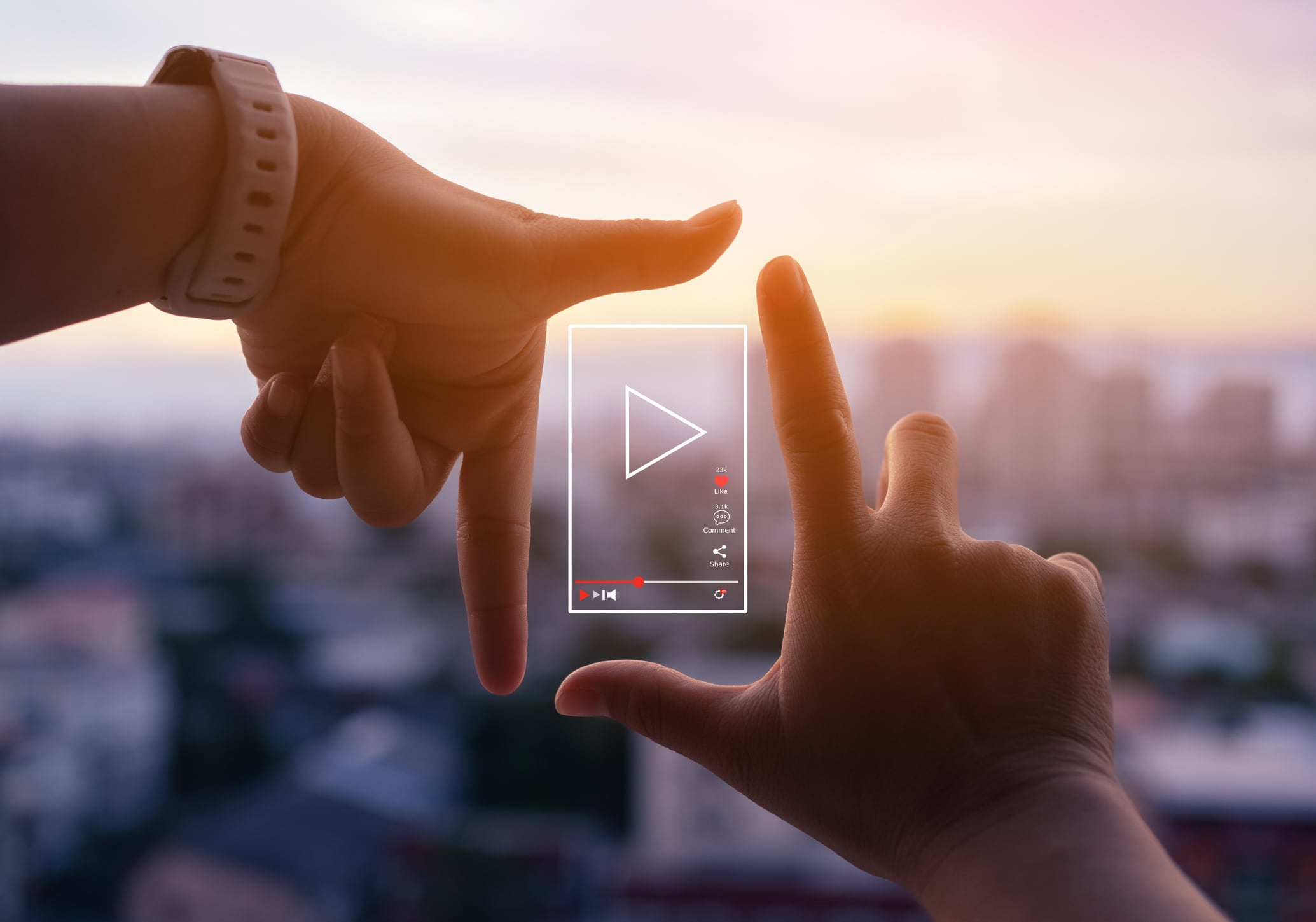Sustainable media buying is a two-pronged approach that reduces the carbon footprint of online advertising and costs, according to Boa, a company focused on sustainable media buying and advertising.
Founder and CEO of Boa Avril Tomlin-Hood explains in this episode of Brand Alchemy the internet contributes nearly 4% of global emissions annually – on par with the airline industry – and online advertising alone accounts for 20% of that impact.
Identifying the carbon footprint of online advertising is no small feat. It requires a comprehensive approach to measure emissions across the entire ad supply chain, from paid social to programmatic video and digital out-of-home, with emerging technologies like Scope 3 leading the way in this complex process.
The potential impact of different online advertising channels
The carbon footprint of online advertising varies by channel and the corporate structures behind them, Tomlin-Hood explained.
She points out Meta’s role in high amounts of carbon. It is important for brands to consider how significantly varied carbon intensity is across different advertising channels (e.g. Meta, Snapchat). Meta, for example, is a high emitter due to its heavy investment in AI and virtual reality infrastructure, which consumes significant amounts of energy, Tomlin-Hood said.
Programmatic advertising (like through the platforms The Trade Desk or Criteo) involves a layered, energy-intensive supply chain. The process of “header bidding” – where multiple advertisers compete in real-time for ad space – adds energy consumption, where every intermediary involved in the process contributes to the overall carbon footprint, she said.
Welcome to Brand Alchemy
Brand Alchemy is a monthly multimedia series from FoodNavigator-USA that delves into the art and science of transforming products into brands. In this series, we explore how strategic design, compelling marketing and creative packaging shape CPG products into lasting impressions that resonate with consumers and drive sales.
Check out previous episodes here:
- How brands are turning influencers into storytellers: In an exclusive interview with the American Egg Boa rd and Pacific Foods, this episode explores how their partnerships with influencers — Olympic breakdancer Sunny Choi and celebrity chef Matty Matheson — leverage their unique personalities to create relatable campaigns that boost brand awareness.
- Designing for impact: Design is often a multi-faceted strategy that balances creativity with constraints while artfully delivering a brand’s narrative to stand out on shelves, as demonstrated by Michael Cina, owner and creative director of Cina Associates, who employed design elements to address high printing costs for Black Beach Coffee’s packaging.
- How F&B brands can boost their ROI with a diversified media strategy: Today’s marketing strategies need flexible adjustments and a blend of channels to keep pace with rapid shifts in media consumption, unlike the fixed annual media plans of yesteryear.
A significant amount of online advertising traffic comes from low-quality sources (e.g. made-for-advertising websites) where ads are placed but do not lead to real engagement. These ads are “made to house advertising and generate income for those involved in the process, no click, no view” that are essentially wasted impressions, Tomlin-Hood said.
Using ad tech services like Scope 3 can help cut out the wasted impressions – resulting in “immediate improvement” such as a 30% reduction in invalid traffic, “which correlates directly to a 30% reduction in emissions associated with running that traffic,” she explained.
Streamlining ad efficiency as a KPI
By improving the digital advertising supply chain where energy is expended every time an ad is served, companies can identify both unnecessary ad delivery and carbon emissions to take the appropriate action.
“An impression equals carbon emission, essentially. Think of it as a little poof of energy,” Tomlin-Hood said.
When an ad is served, there are several steps before it is seen by a consumer. Many of these steps involve unnecessary actions that do not contribute to the effectiveness of the campaign but still consume energy, Tomlin-Hood explained. By enhancing the ad supply chain, these unnecessary steps are cut, reducing emissions and improving efficiency.
Another benefit of sustainable media buying is serving the ads to the right audience. Sometimes ads are served to the wrong person or to no at all, Tomlin-Hood said. This wasted delivery generates no value while using energy unnecessarily. The goal is to eliminate these “wrong” impressions, so energy is neither wasted on irrelevant or unviewed ads, she added.
Approaching digital advertising more efficiently also means considering carbon impact as a key performance indicator (KPI). In addition to reaching the right audience at the right time, brands are now also measuring how to minimize carbon emissions per impression.



